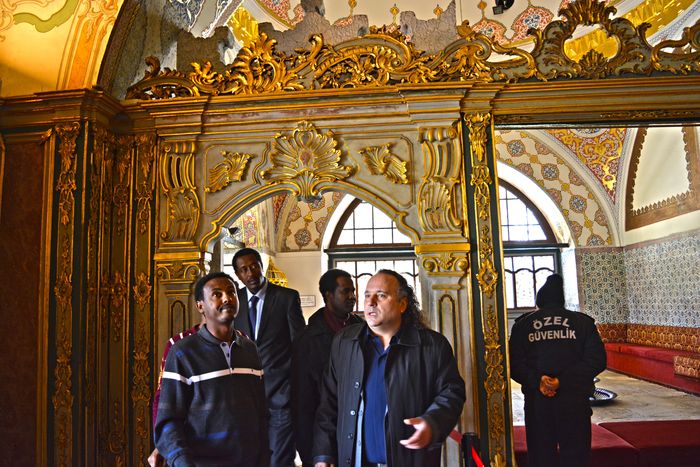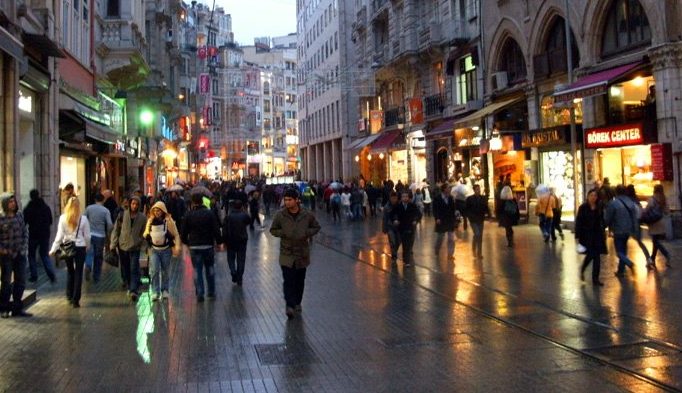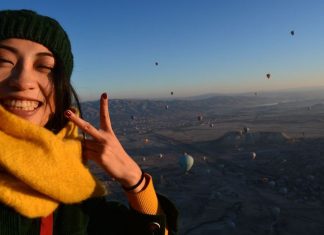Those fall into the same blasphemy who venerate the image, and the same woe rests upon both, because they err with Arius, Dioscorus, and Eutyches, and with the heresy of the Acephali. When, however, they are blamed for undertaking to depict the divine nature of Christ, which should not be depicted, they take refuge in the excuse: We represent only the flesh of Christ which we have seen and handled.
Nestorian error
But that is a Nestorian error. For it should be considered that that flesh was also the flesh of God the Word, without any separation, perfectly assumed by the divine nature and made wholly divine. How could it now be separated and represented apart? So is it wish the human soul of Christ which mediates between the Godhead of the Son and the dulness of the flesh.
As the human flesh is at the same time flesh of God the Word, so is the human soul also soul of God the Word, and both at the same time, the soul being deified as well as the body, and the Godhead remained undivided even in the separation of the soul from the body in his voluntary passion. For where the soul of Christ is, there is also his Godhead; and where the body of Christ is, there too is his Godhead. If then in his passion the divinity remained inseparable from these, how do the fools venture to separate the flesh from the Godhead, and represent it by itself as the image of a mere man?
They fall into the abyss of impiety, since they separate the flesh from the Godhead, ascribe to it a subsistence of its own, a personality of its own, which they depict, and thus introduce a fourth person into the Trinity. Moreover, they represent as not being made divine, that which has been made divine by being assumed by the Godhead. Whoever, then, makes an image of Christ, either depicts the Godhead which cannot be depicted, and mingles it with the manhood (like the Monophysites), or he represents the body of Christ as not made divine and separate and as a person apart, like the Nestorians.
The only admissible figure of the humanity of Christ, however, is bread and wine in the holy Supper. This and no other form, this and no other type, has he chosen to represent his incarnation. Bread he ordered to be brought, but not a representation of the human form, so that idolatry might not arise. And as the body of Christ is made divine, so also this figure of the body of Christ, the bread, is made divine by the descent of the Holy Spirit; it becomes the divine body of Christ by the mediation of the priest who, separating the oblation from that which is common, sanctifies it.
Read More about Rhodope Mountains – Legends and Reality








